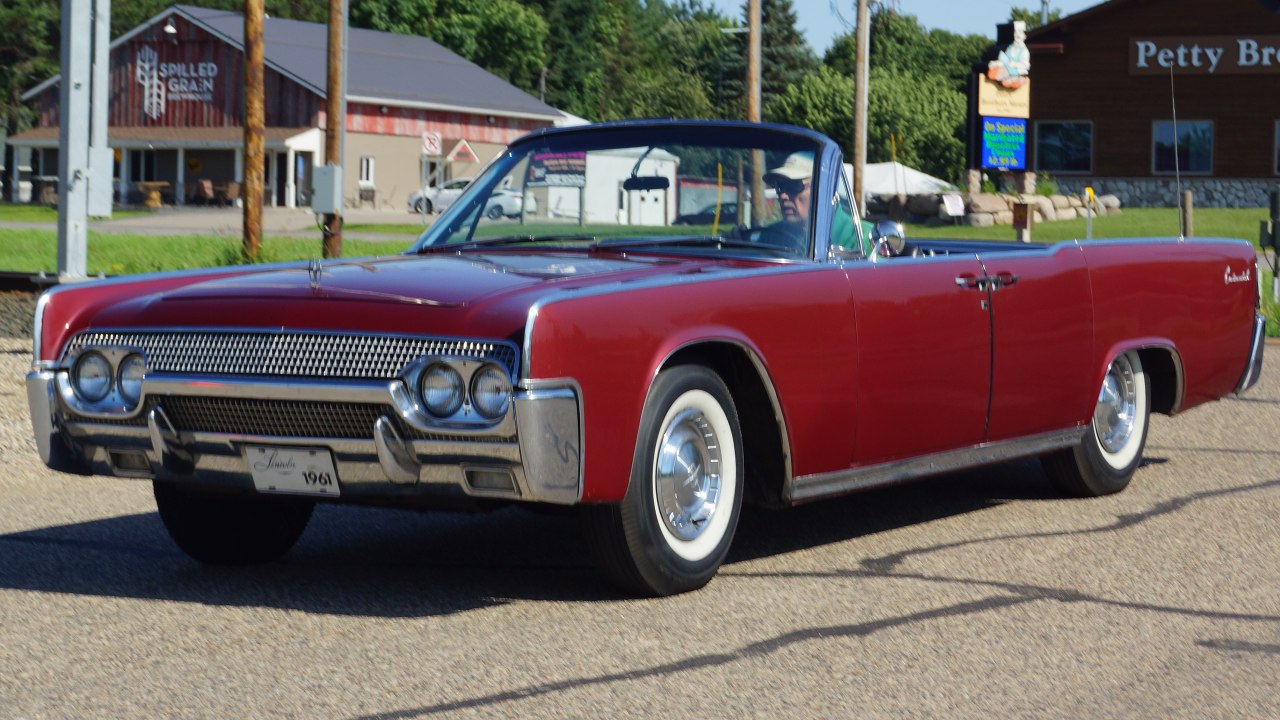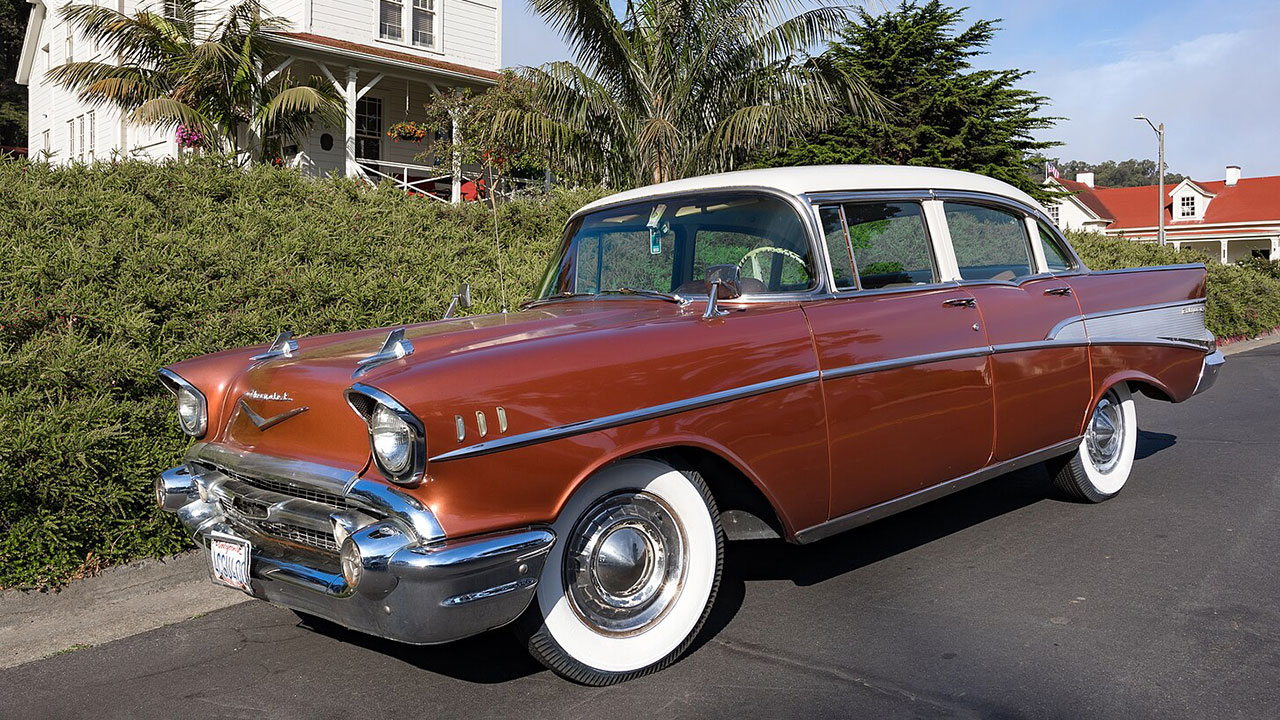The automobile grille serves not only as a functional component but also as a defining feature of car design that mirrors the technological and aesthetic trends of its era. Over the decades, grille designs have transformed significantly, shaped by engineering advancements, consumer preferences, and cultural shifts. From the early 20th century to today, grille designs have evolved, reflecting the diverse influences of their times.
The Early Years: Form Follows Function

The inception of the automobile grille dates back to the early 1900s when its primary purpose was to facilitate engine cooling. Early grilles were straightforward, utilitarian, and constructed from simple materials like metal mesh. The focus was primarily on functionality, as vehicles like the Ford Model T and the 1906 Cadillac Model K utilized basic grille designs that prioritized efficient air intake over aesthetics.
During this period, the available materials and manufacturing techniques played a crucial role in shaping grille aesthetics. Grilles were typically made from steel or brass, materials that were readily available and easy to work with at the time. These early designs were often handcrafted, which added a unique artisanal touch but limited mass production capabilities. Iconic designs from pioneering automakers such as Ford’s upright grilles and Cadillac’s early V-shaped grilles set the stage for the evolution of more intricate designs in later years.
Mid-Century Modernism: Aesthetic Meets Engineering

The post-war era of the 1950s and 1960s marked a significant shift in grille design, driven by technological advancements and the advent of new materials like aluminum and plastics. These innovations allowed for more elaborate and varied designs, exemplified by the bold, chrome-laden grilles of the 1957 Chevrolet Bel Air and the 1961 Lincoln Continental. The integration of engineering and aesthetics became more pronounced, as grilles started to reflect the sleek lines and curves that characterized mid-century modern design.
Automakers began to use grille design as a tool for establishing brand identity, with each manufacturer striving to create a distinctive visual signature. The grille became a canvas for expressing the brand’s ethos, as seen in the iconic split grille of the Pontiac GTO and the horizontal bars of the Ford Mustang. These designs were influenced not only by technological factors but also by cultural shifts, including the rise of consumerism and the influence of contemporary art and architecture, which emphasized clean lines and functional beauty.
The 1980s to 1990s: The Era of Bold Experimentation

The 1980s and 1990s brought about a period of bold experimentation in grille design, driven by a heightened focus on aerodynamics and fuel efficiency. Automakers began to streamline their vehicles, resulting in more aerodynamic grille designs that reduced drag and improved fuel economy. The 1983 Audi 100 and the 1984 Ford Taurus both exemplify this trend, featuring flush-mounted grilles that blended seamlessly with the car’s bodywork.
During this time, digital and pop culture also left their mark on grille aesthetics. The influence of technology is evident in the futuristic designs of models like the 1987 Buick LeSabre, which featured a digital dashboard and advanced electronic components. Meanwhile, pop culture phenomena like the “Knight Rider” series popularized the use of sleek, high-tech grilles. Luxury brands and sports cars explored unique grille designs, as seen in the distinctive double-kidney grilles of BMW and the bold front fascia of the Ferrari Testarossa.
The 21st Century: Innovation and Sustainability

The 21st century has ushered in a new era of innovation and sustainability in automobile grille design. Modern technology, such as LED lighting and advanced sensors, has become integral to grille design, providing both functional and aesthetic enhancements. Vehicles like the 2021 Mercedes-Benz S-Class incorporate illuminated grilles that serve as both a design statement and a safety feature, enhancing visibility and road presence.
The rise of electric vehicles (EVs) is reshaping grille aesthetics and functions, as these cars require less airflow for engine cooling. As a result, many electric models, such as the Tesla Model 3 and the BMW i3, feature minimalistic or entirely closed-off grilles, emphasizing aerodynamics and efficiency. Additionally, the movement towards sustainability has led to the use of eco-friendly materials in grille construction, such as recycled metals and bio-based plastics, reflecting a growing commitment to environmental responsibility.
Future Trends: Where Grille Design is Headed

As we look to the future, grille design is set to integrate even more seamlessly with advanced technologies. The rise of AI and smart technologies is expected to influence grille designs, with features like adaptive grilles that adjust airflow based on driving conditions, as seen in the concept designs from automakers like Toyota and Audi. These grilles could incorporate sensors and cameras, playing a crucial role in autonomous driving systems.
The trend towards minimalism is likely to continue, with grilles becoming more understated as car functions become increasingly integrated. Concepts from brands like Lucid Motors and Rivian suggest a future where grilles are sleek, subtle, and almost indistinguishable from the car’s body. Speculative concepts, such as those seen in the BMW Vision iNEXT, explore the potential of grilles becoming digital displays, providing a canvas for personalization and communication with other vehicles and pedestrians. These futuristic designs promise to transform the automotive landscape, offering a glimpse into the potential of grille design in the years to come.
Like Fast Lane Only’s content? Be sure to follow us.
Here’s more from us:
*Created with AI assistance and editor review.







Leave a Reply